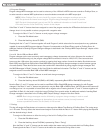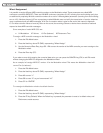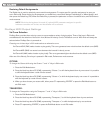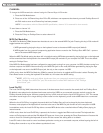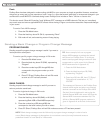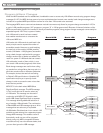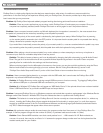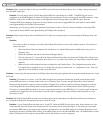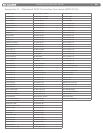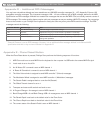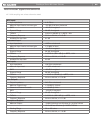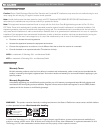
|
41
ProKeys Sono 88 User Guide
Troubleshooting
ProKeys Sono is a high-quality digital piano that has been tested under a wide variety of conditions to ensure trouble-free
performance. In the event that you do experience difficulty with your ProKeys Sono, this section provides tips to help resolve some
basic issues that you may encounter.
Problem: My ProKeys Sono keyboard suddenly stopped working after having performed fine since installation.
Solution: Close any music applications you are using, switch ProKeys Sono off, and restart your computer. Once your
computer has completely restarted, switch ProKeys Sono back on and try again to see if the problem resolves.
Problem: I have connected a sustain pedal to my M-Audio keyboard, but its operation is reversed (i.e., the notes sustain when
the pedal isn’t pressed, but the notes stop sustaining once the pedal is pressed).
Solution: The polarity of the sustain pedal is calculated by the keyboard upon startup. When ProKeys Sono is powering
up, the sustain pedal is assumed to be in the OFF position. It is important that the sustain pedal is not pressed down during
startup, otherwise its operation may be reversed.
If you would like to intentionally reverse the polarity of your sustain pedal (i.e., notes are sustained when the pedal is up; notes
stop sustaining when the pedal is pressed), hold the pedal down while the keyboard is being switched on.
Problem: When playing a virtual instrument loaded in my music software, or when attempting to monitor my microphone or
instrument input, there is a noticeable delay before I hear any sound.
Solution: This delay is known as latency, and it can be adjusted by changing the buffer size setting in your M-Audio Control
Panel. The goal is to set the buffer size as low as possible without experiencing artifacts in the audio. Faster computers
generally allow for smaller buffer size settings, and thus less latency.
When monitoring signals from the Microphone, Instrument or Aux inputs, you can also avoid this problem by using the Direct
Monitor knob instead of monitoring through your music software. See the “Using Direct Monitoring” section in the
“ProKeys Sono Audio Setup and Controls” portion of this User Guide to learn more about direct monitoring.
Problem: I have connected the keyboard to my computer with the USB cable, but I cannot locate the ProKeys Sono USB
keyboard in my software’s MIDI devices dialog box.
Solution 1: ProKeys Sono may not be receiving enough USB bus power to function correctly. Try plugging ProKeys Sono
into a different USB port or a powered USB hub connected to your computer.
Solution 2: In Windows XP, ProKeys Sono will appear as “USB Audio Device” if the optional drivers have not been installed.
Select “USB Audio Device” as your audio and MIDI input and output device.
Problem: I connected ProKeys Sono to my Windows computer and noticed that a question mark appears in the Windows Device
Manager under Other Devices > M-Audio DFU. Does this indicate that there is a problem with ProKeys Sono?
Solution: This behavior is normal and your ProKeys Sono will function normally as a class-compliant device (i.e., without any
drivers). Installing the ProKeys Sono drivers extends the keyboard’s functionality in various ways (i.e., multi-client support,
support for qualified versions of the Pro Tools M-Powered software, and allowing large SysEx transfers) and should resolve
any “DFU” related messages that appear when drivers are not present.
Problem: My synthesizer always recalls the sound next to the program number that I have sent to it from ProKeys Sono. For
example, if I send a program change with the number 40 (Violin), my software loads sound number 41 (Viola).
Solution: Some General MIDI modules count their sound patches from 1 – 128 instead of 0-127. Both methods are
common. As a result, there may be an offset of +/-1 between the program change number sent from the keyboard and the
recalled sound patch on your module.



